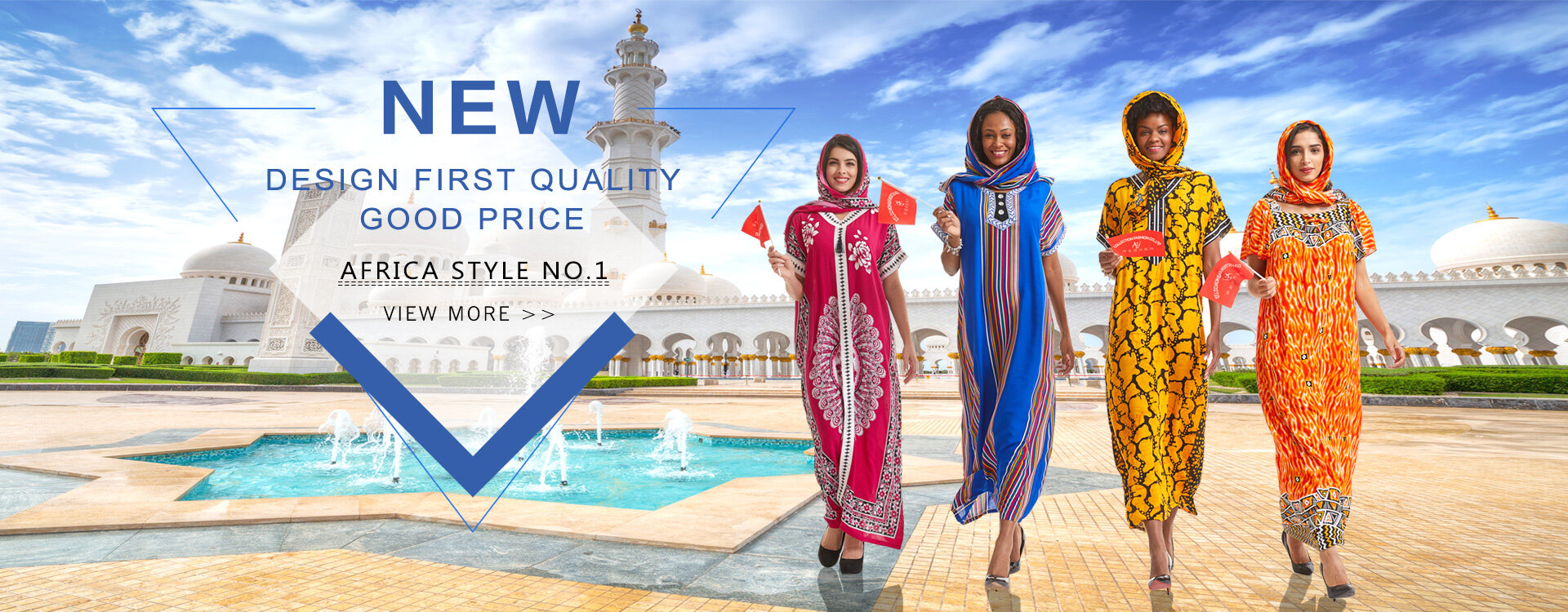Erreur de format d'e-mail
emailCannotEmpty
emailDoesExist
pwdLetterLimtTip
inconsistentPwd
pwdLetterLimtTip
inconsistentPwd

News
News

Middle East Threads Through Time
Introduction:
The allure of Middle Eastern clothing styles, deeply embedded in centuries of history, unveils a fascinating narrative of cultural evolution. From the ancient Mesopotamian period to the modern fusion of tradition and modernity, the garments worn in this region reflect a dynamic interplay of tradition, religion, and external influences.
Ancient Influences on Middle Eastern Clothing:
In the cradle of civilization, Mesopotamia, where the Tigris and Euphrates rivers nurtured early human settlements, we find the roots of Middle Eastern clothing styles. Mesopotamian attire, marked by simplicity and functionality, laid the groundwork for the region's sartorial identity. Persian influences, with their luxurious fabrics and intricate designs, further enriched the tapestry of Middle Eastern garments.
Islamic Golden Age and Its Impact on Clothing:
As the Islamic civilization blossomed, so did the garments worn by its inhabitants. The Islamic Golden Age witnessed not only advancements in science and the arts but also a refinement of clothing styles. The Arabesque fashion that emerged during this era brought forth garments adorned with geometric patterns and calligraphy, reflecting the Islamic emphasis on artistic expression.
Ottoman Empire and Clothing Styles:
The Ottoman Empire, spanning across diverse cultures, left an indelible mark on Middle Eastern clothing styles. Ottoman fashion trends blended Turkish, Arab, and Persian influences, creating a unique and diverse array of garments. Symbols woven into Ottoman attire conveyed social status, reflecting a nuanced language of clothing that extended beyond mere aesthetics.

Colonial Influences and Westernisation:
The winds of change swept across the Middle East during the era of European colonialism. With this influence came the introduction of Western garments, altering the landscape of traditional attire. Modernization further accelerated the adoption of Western clothing, signalling a shift towards a more cosmopolitan wardrobe.
Revival of Traditional Attire:
In the wake of the cultural renaissance, there has been a revival of interest in preserving and promoting indigenous Middle Eastern clothing styles. Efforts to rekindle the significance of traditional garments reflect a collective acknowledgment of cultural identity. Contemporary designers, embracing the fusion of tradition and modernity, weave together old and new styles, contributing to the ongoing narrative of Middle Eastern fashion.
Conclusion:
As we journey through the historical evolution of Middle Eastern clothing styles, we witness a captivating fusion of tradition, cultural pride, and global influences. The garments worn in this region encapsulate not only the spirit of the past but also the adaptability of cultures in the face of change. This exploration of Middle Eastern clothing styles underscores the resilience and dynamism inherent in a tradition that continues to shape the sartorial identity of a diverse and storied region.

